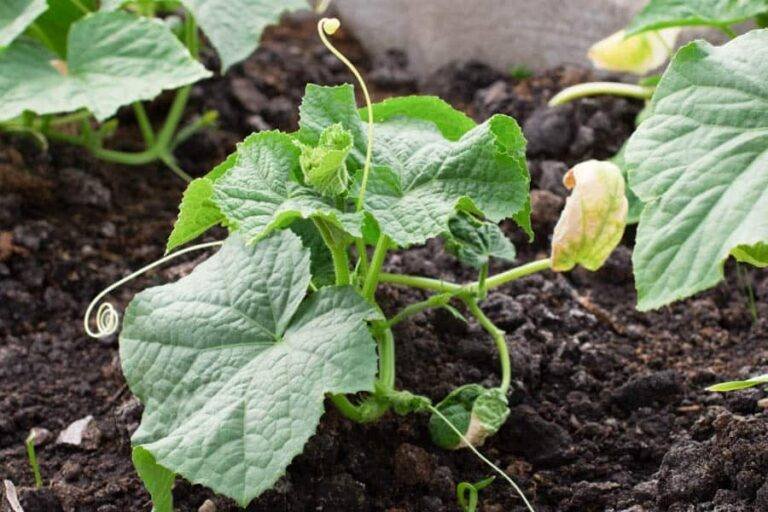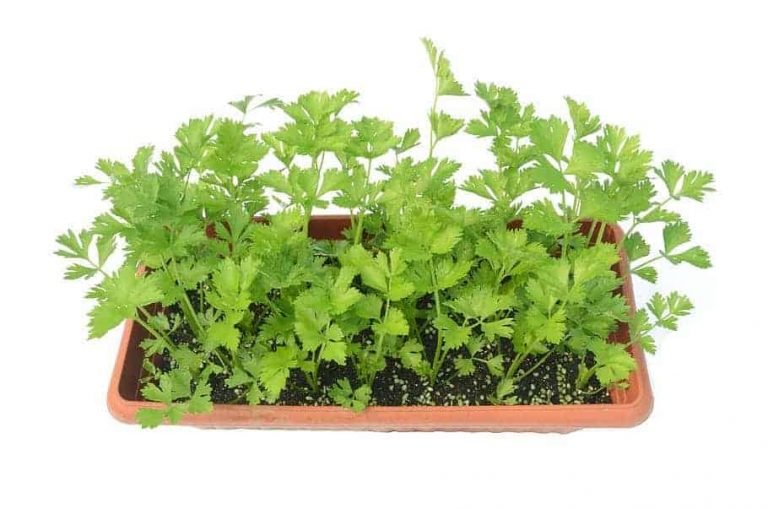10 Pro Tips on How to Take Care of Succulents

Succulents have captivated the hearts of many with their characteristic quirkiness and ease of care, making them favorites in the plant world. They embody the spirit of resilience and perseverance despite difficult conditions. Adapting to survive in dry climates, their fleshy leaves store water allowing them to endure even the most extreme environments.
However, just like any living thing, they need attention and care if you want them to prosper! If you’re a succulent devotee then you know all too well that keeping these plants content takes effort – but it is worth it for such magnificent specimens.
Have you ever felt the pain of seeing your beloved succulent slowly die, no matter how hard you tried to keep it alive? Or maybe you’re just getting started in this journey and want to prevent common mistakes. Regardless of your expertise level, taking care of succulents is not impossible!
In this article, we’ll share with you ten pro tips on how to take care of succulents. Every tip is a stepping stone that will lead you to becoming an expert in succulent caretaking.
So, let’s begin and find out what these tips are!
Tips on How to Take Care of Succulents
1. Succulents Like it Dry
Succulents have this remarkable ability to persevere through harsh, arid climates by storing water in their leaves, stems, and roots. Despite this adaptation for dryness, still, overwatering it can lead to root rot and other fungal diseases.
To keep your succulents healthy make sure to let the soil completely dry before rehydrating it; you can do so by sticking a finger about an inch into the soil – if it’s still moist wait a few days longer before watering again!
2. Give Your Succulent Some Space
Give your succulent the space it needs to thrive! Its growth can be inhibited if overcrowded, leading to an increased risk of diseases and pests.
If your plant is too big for its pot, now’s a great time to repot into something bigger while ensuring that drainage holes are present in the new container – not forgetting to use a well-draining soil mix.
3. Nope, they’re not Vampires – Give Them Some Sunlight
For succulents to truly flourish, they require lots of sunshine. They don’t just appreciate bright direct sunlight; partial shade works too. If you keep your succulent in a dark space, it will become leggy and weak due to its desperate search for light–which often makes the plant vulnerable to diseases and pests.
To prevent this from happening, find an optimal south-facing window where your beloved houseplant can soak up about 6 hours of uninterrupted sunrays per day or use artificial grow lights as a reliable source of light instead.
4. Prune it up
Regular pruning is a must to maintain the beauty and health of your succulent. With sharp scissors, snip off any dead leaves near their stem as close to it as possible. Additionally, look out for yellowing or damaged leaves that can also be removed with precision. Doing so will not only keep its appearance immaculate but also prevent pests and diseases from appearing in your garden!
Tip: theplantbible suggests using those trimmings for propagation purposes. It’s not a bad deal actually – you can get two birds with one stone.

5. Let’s not be Cannibals – Don’t Propagate too Much
Propagating succulents is an exciting way to grow new plants, but it’s crucial not to go overboard. Over-propagation can produce weaker plants more prone to illnesses and pests.
To get the most out of your propagation journey, limit yourself to no more than twice a year with healthy parent specimens. You can propagate your succulent either by cutting off its stems or leaves and then rooting them in well-draining soil for best results!
6. Put Down the Shot Glass – Use a Measuring Cup for Watering
Watering succulents can be a tricky affair for novice gardeners, but there is an easy solution to this problem: use measuring cups! Depending on the size of your succulent, measure out either ¼ cup or ½ cup of water and pour it directly into the soil.
This will allow you to give each plant just enough moisture without overwatering. Be sure not to get any drops on their leaves as this may cause them to rot over time. With these simple steps, even newbies can become masterful plant-tenders!
7. Don’t be a One-pot Wonder – Mix and Match Your Succulents
By combining various types of succulents, you can create a fabulous and diverse display. When selecting the perfect succulents for your pot, it is essential to take into account their light and hydration needs; however, be sure to have fun with textures, colors, and sizes as well!
Popular varieties that work wonderfully in such settings include Echeveria, Sedum, Haworthia, and Crassula. Or, you can go for hanging succulents as well.
With these four simple ingredients – careful consideration of care requirements combined with an eye-catching arrangement – you are guaranteed to craft a captivating scene.
8. Don’t Ignore Warning Signs
Succulents may look tough, but they can still suffer from pests, disease, or overwatering. If you notice the leaves of your succulent turning yellowish-brown or mushy; if there are any signs of mealybugs and spider mites, it’s time to act fast!
Remove affected leaves promptly and treat them with a natural pest repellant or fungicide. Ignoring is not an option here because delaying could lead to death for your plant – so be proactive in tackling issues before they get too serious.
9. Use the Right Soil
To help succulents thrive, it’s essential to choose soil that offers excellent drainage while also providing ample nutrition.
As per the Spruce, the ideal potting mix is one specifically formulated for cacti and succulents, or you can make your own blend with equal parts sand, perlite, and potting soil. Additionally, improves the texture and fertility of the substrate by mixing in organic matter like compost or worm castings.
Tip: Avoid heavy soil as this will retain too much moisture which may result in root rot or other difficulties!
10. Don’t Forget to Rotate Your Succulent
Succulents tend to gravitate towards the light source, which can lead to lopsided growth. To avoid this, you should rotate your succulent every couple of weeks so it receives sunlight from all directions.
This will encourage an even and straight growth while making sure that the plant stays grounded and upright. Don’t forget to be gentle when rotating or relocating your succulent as twisting its stem or leaves may cause irreparable damage!
Read this next: How to Grow Succulents Successfully Both Indoors and Outdoors in 7 Easy Steps
Conclusion
succulents, with their captivating charm and resilience, have become a beloved addition to many households. Caring for these unique plants is not as daunting as it may seem. Our 10 pro tips on how to take care of succulents provide a roadmap for nurturing healthy and thriving specimens.
Remember, succulents thrive when they’re not overwatered, given adequate sunlight, and pruned to maintain their beauty and health. Propagate responsibly, match succulents based on their care needs, and address warning signs promptly. The right soil mix and proper rotation are essential elements in ensuring your succulents flourish.
By following these expert tips, you can create a stunning succulent collection that not only survives but thrives, bringing a touch of nature’s beauty into your home. So, embrace the challenge, and enjoy the rewards of successful succulent care.





